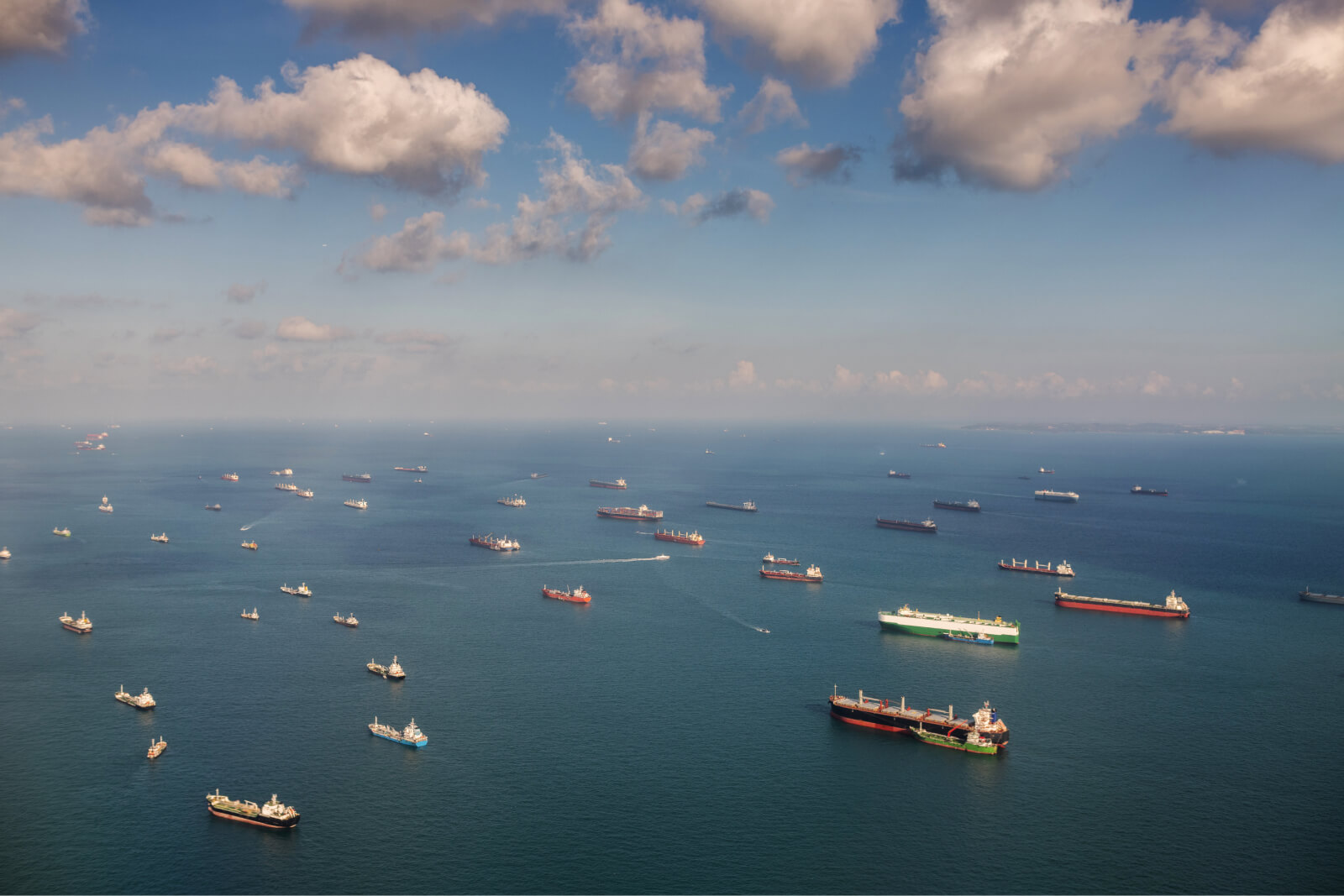
One thing that cannot be completely prevented in today’s supply chains is exceptions in the form of delays or disruptions. Despite delays and disruptions running rampant, end customers expect their products to be delivered on-time and in-full. One way shippers can prevent or reduce the impact of delayed or late containers is through exception management. If done correctly, managing exceptions has a number of benefits to your supply chain and overall bottom line — and using end-to-end visibility to manage exceptions is key.
What are the benefits of ocean exception management?
Lower Transportation Costs — shippers can see a reduction in the added costs from delays, dwell or utilizing alternative modes by prioritizing containers that are late.
Reduction in Demurrage & Detention Fees — the ability to reduce unnecessary demurrage and detention fees through managing delays and disruptions can result in millions of dollars in cost savings.
Improved Customer Satisfaction — Keeping customers informed on delays and providing accurate ETAs for operations and headcount planning can lead to improved customer satisfaction.
Improved Product Availability — Shippers can ensure that shipments make it to store shelves in time and in full for time-sensitive promotions, back-to-school or seasonal events even if the containers are hit with delays or disruptions.
Less Spoilage — By prioritizing containers that include perishable goods and ensuring that they arrive at their destination on time, eliminates risk of inventory loss and increases in product and transportation costs.
These benefits are universal, whether you are a retail shipper or manufacturer. We spoke to some customers who have recognized value from using end-to-end visibility for managing their exceptions – these are the four key ways to get started:
For more, check out FourKites’ guide for global shippers to understand how global brands utilize ocean visibility to effectively manage their exceptions.